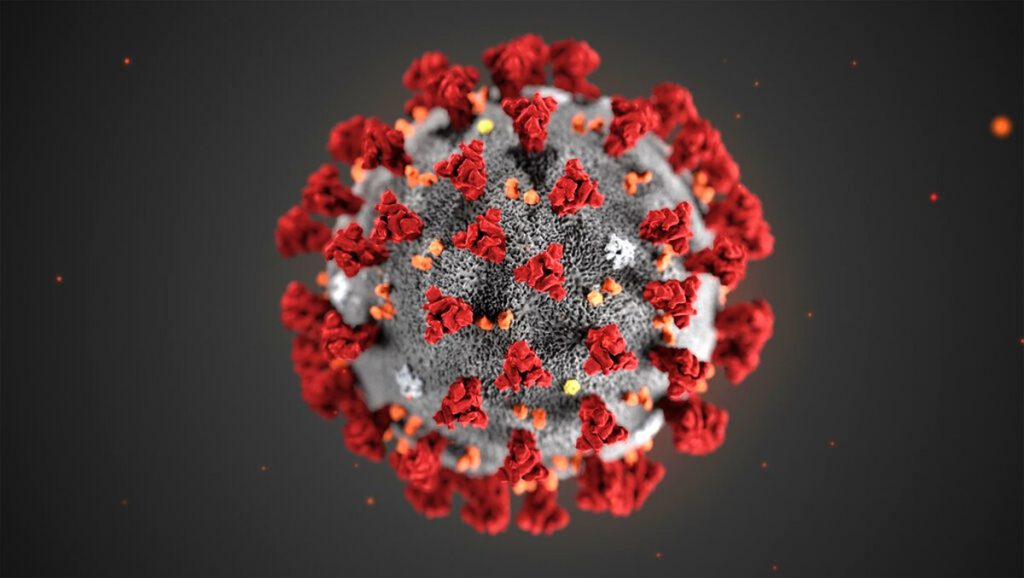State’s Predicted Pandemic Peak Is April 26
Peak moved up from May 22, behind many states in flattening curve, death toll up 53%.
The projections for Wisconsin have gotten a lot worse, with more deaths and a much earlier peak in positive cases, in an updated version of a study from the University of Washington.
Based on initial data, the study from the University of Washington Institute for Health Metrics and Evaluation had predicted Wisconsin would have a hospitalization usage peak from COVID-19 on May 22nd, the latest peak in the country, indicating that an effort to “flatten the curve” was working in Wisconsin.
Revised data shows that’s far from the case.
The state is now projected to see its hospitalization usage peak on April 26th and with that the death toll is expected to grow by 53 percent to 1,309. The state is now projected to have a shortage of 390 intensive care unit beds, up from 30. The study shows Wisconsin will no longer be last to hit its pandemic peak, but will be near the middle and ahead of about half the states in the nation.
The study was released March 26th when the state had reported eight deaths. That total grew to 18 on Sunday morning. An analysis of the study model’s initial dataset shows it predicted only four deaths over the same time period. It originally did not have Wisconsin recording 18 deaths until April 3rd.
Murray had warned that more data would alter the results. “At this early stage, even 1 to 2 days’ more data for a state will improve the estimates of service need and expected deaths,” wrote the director in the initial study.
The study attempts to determine the number and timing of deaths related to COVID-19 in all 50 states. The first dataset released predicted 81,114 deaths and an April 14th nationwide peak hospitalization data. Revised nationwide data now estimates 82,141 deaths and an April 15th peak.
An interactive website offers charts visualizing healthcare capacity and total deaths in each state for a four-month window. Users can mouse over specific days to see the estimated range for hospital resource utilization and total deaths.
What can you do to help? Murray’s study relies on individuals following social distancing requirements as expected. You can do your part to avoid spreading the disease by following the requirements of the state’s “safer at home” order and staying home whenever possible. State health officials have warned it could be weeks before the effectiveness of the strategy shows up, but it’s the best thing individuals can do to save lives.
If you think stories like this are important, become a member of Urban Milwaukee and help support real, independent journalism. Plus you get some cool added benefits.
More about the Coronavirus Pandemic
- Governors Tony Evers, JB Pritzker, Tim Walz, and Gretchen Whitmer Issue a Joint Statement Concerning Reports that Donald Trump Gave Russian Dictator Putin American COVID-19 Supplies - Gov. Tony Evers - Oct 11th, 2024
- MHD Release: Milwaukee Health Department Launches COVID-19 Wastewater Testing Dashboard - City of Milwaukee Health Department - Jan 23rd, 2024
- Milwaukee County Announces New Policies Related to COVID-19 Pandemic - David Crowley - May 9th, 2023
- DHS Details End of Emergency COVID-19 Response - Wisconsin Department of Health Services - Apr 26th, 2023
- Milwaukee Health Department Announces Upcoming Changes to COVID-19 Services - City of Milwaukee Health Department - Mar 17th, 2023
- Fitzgerald Applauds Passage of COVID-19 Origin Act - U.S. Rep. Scott Fitzgerald - Mar 10th, 2023
- DHS Expands Free COVID-19 Testing Program - Wisconsin Department of Health Services - Feb 10th, 2023
- MKE County: COVID-19 Hospitalizations Rising - Graham Kilmer - Jan 16th, 2023
- Not Enough Getting Bivalent Booster Shots, State Health Officials Warn - Gaby Vinick - Dec 26th, 2022
- Nearly All Wisconsinites Age 6 Months and Older Now Eligible for Updated COVID-19 Vaccine - Wisconsin Department of Health Services - Dec 15th, 2022
Read more about Coronavirus Pandemic here




















